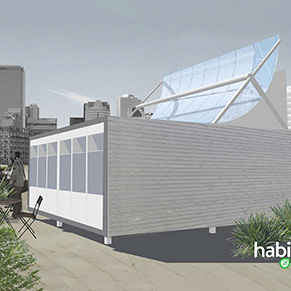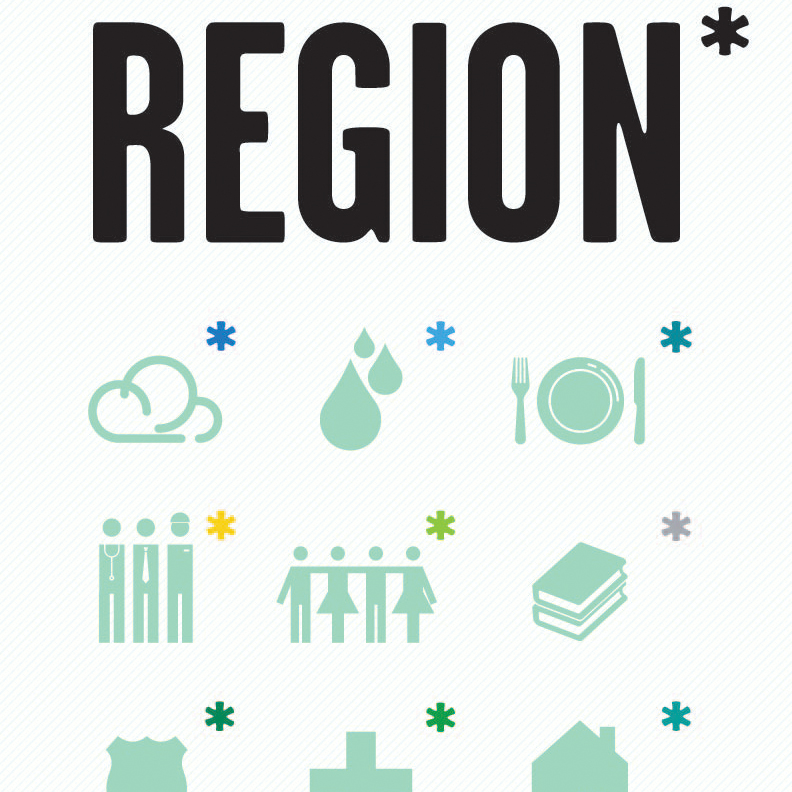Gateway Cities
Overview:
Growing suburbs, agglomerated townships, expansion of cities outside of their established municipal boundaries worldwide show the need for more research on the city-region scale. Gateway Cities was the first year of Regional Ecologies, a research project and a guiding proposition for the Institute’s work that tries to understand the complex networks and interconnected systems of innovation that define our regions. Regional Ecologies aims to design intelligent and balanced solutions that will foster prosperous, livable, and resilient regions of the future.
Gateway Cities was conducted over a 10-month period, from September 2013 to June 2014. It focused on three cities that serve as gateways to their respective regions–Toronto, New York City, and Chicago–and looked at how these cities operate as gateways for their region and further how they connect to each other.
The project resulted in several conceptual designs for ‘better ways of living regionally,’ a major publication called The Atlas of One Delta, as well as several special projects like Airport City, a major collaboration between the IwB and the Greater Toronto Airport Authority (GTAA).
Project Goals:
Between Toronto, New York City, and Chicago there are regional systems that cross state and city boundaries. The aim of the Gateway Cities Project was to work with in a multi-partnership framework, with public, not for profit, and private organizations in each city, to undertake research and design projects in collaboration with some of these organizations, and to gain access to vital research and data about each region, in order to create synergies between the three gateway cities that could spark further region-wide projects.
__
Gateway Cities examines the networks between Toronto, New York City, and Chicago, mapping the connections between these cities from a regional perspective, and proposing an ecology of innovation for these regional systems.
“Producing The Atlas pushed us to examine and refine our concepts to be able to craft a useful design tool for the region. Being part of the evolution of the book was one of my favourite experiences at the IwB.”
– Mel Kapogines, IwB almuna
Gateway Cities:
Gateway Cities was a major IwB project that looked at Toronto, New York and Chicago as ‘gateways’ to their respective regions. Just as cities compete and cooperate globally, so do regions. Toronto, New York and Chicago are key territorial gateways in terms of borders, transportation, energy and agriculture and key network gateways in terms of finance, manufacturing and culture.
What is good for New York City may be good for Toronto or Chicago – and vice versa – as economic or cultural activities that are attracted to one region can spill over to the other. These global cities together anchor and form a super-region of interconnected economies surrounding the Great Lakes and the US Northeast. These cities serve as global gateways for their larger city-regions and have nation-sized economies. On its own, this super-region would be the world’s second largest economy – smaller only than the economy of the rest of the US.
Toronto, New York, and Chicago are cities embedded in global networks and economies that are dependent upon markets that go beyond their local and national parameters. All three cities lack appropriate regional governance structures that can speak for the needs of these cities, their growing suburbs, surrounding townships, and the potential of the links in the super-region as a whole.
For the Gateway Cities project the Institute worked with public, private and not for profit partners across these three cities, principally, the Greater Toronto Airports Authority (GTAA), the Toronto Foundation, the City of Toronto, Metrolinx, Canada Mortgage and Housing Corporation (CMHC), Arup, Cannon Design, Illinois Institute of Technology, and Parsons DESIS Lab. Other partners were also involved in special events and lectures.
On the whole, the Gateway Cities Project used these partnerships to investigate and tackle region-scale issues in each city and between the cities, giving the IwB students, faculty, and staff crucial insight into future city-region development, resilience and competitiveness.
Project Outcomes:
On the whole the, Gateway Cities included student and professional projects that investigated connected regional transportation plans, network plans for multi-use greenways, alternative regional energy plans, and regional identity and culture plans.
The project outcomes were conducted through the curriculum deliverables developed by the students in their classes, a faculty led project based in Toronto, three international charrettes in each gateway city–Toronto, New York, and Chicago–as well as several research and development projects that enhance the curriculum. The students also led two exhibitions, one called Region for the Toronto Offsite Festival and one at the Chicago Architecture Foundation (CAF), showcasing the results of the Activating Resilient Communities Charrette.
All these projects culminated in a final publication executed by the students called The Atlas of One Delta. The publication shows the students’ research on Toronto, Chicago and New York City. It compiles and analyzes data about each gateway city and and proposes a regional management system for the megaregion called “One Delta.” The project suggests that regional cooperation under a management system like One Delta and a more formal relationship could decrease and ameliorate environmental, economic, and social conditions for residents of these cities and their regions.
Highlights from the Gateway Cities Project are below.
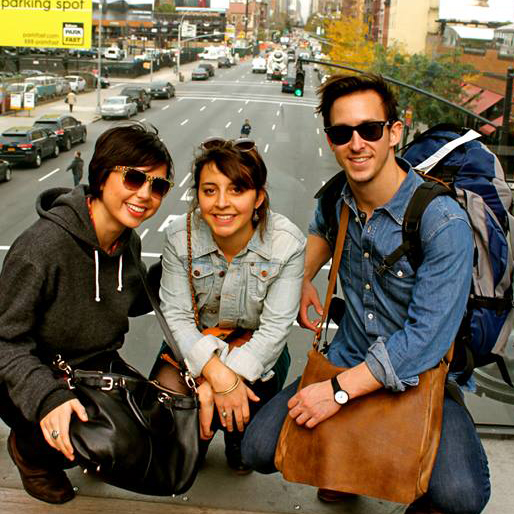
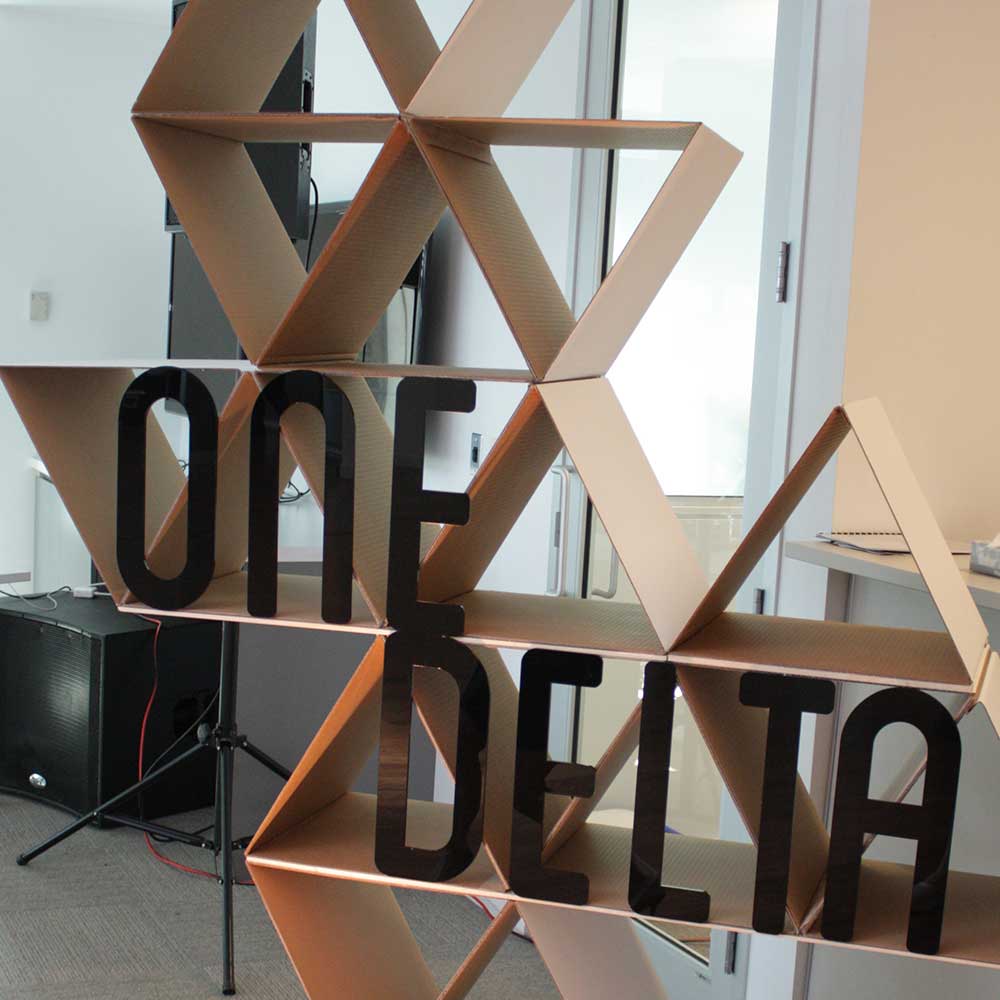
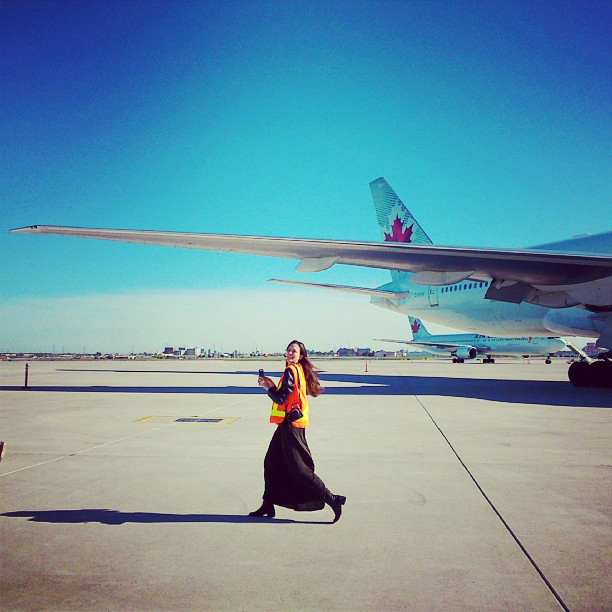
2013-2014 Gateway City Year Highlights:
Student Design Projects
September 2013 – April 2014
Throughout the Gateway Cities 2013-2014 project, students delivered class design presentations to IwB faculty, local and international design experts, project partners and partnering academic institution representatives. Students were also responsible for developing and prototyping products. The most important of these were Habi House and JoiRide.
Habi House is a new housing system built around choice and mobility while still rewarding investment. Habi House communities form and provide their residents with flexibility through the concept of housing on a membership basis, progressing over time to become shareholders, and allowing residents to move between Habi Communities. For its unique and novel financial model for home ownership, Habi House received the York Region, Make Rental Happen Challenge honourable mention.

JoiRide is the students’ proposal for an ultra-compact electric car and cable system that addresses the ‘last mile’ challenge by allowing users to maintain the freedom and flexibility of having a personal vehicle while gaining the efficiency and environmental advantages of shared transportation.
Read more on both in The Atlas of One Delta.
New York City – MAS Summit & Office for Public Imagination Charrette
October 2013, New York City
The IwB students and staff traveled to NYC and attended the two-day 2013 MAS Summit, a signature NYC event designed to promote a meaningful dialogue about the future of New York City and other cities around the world. At the event, students were able to interact with leading city planners, academics, and politicians involved in current NYC and international urban issues.
Following the MAS Summit, the IwB students participated in a three-day charrette organized in partnership with the Parsons DESIS Lab’s MFA Transdisciplinary Design Program and the Illinois Institute of Technology’s College of Architecture that investigated new models for municipal and regional public innovation units. The charrette looked at ways to address regional connectiveness through the creation of a fictional bureau that could deal with city-region issues.
See the Office for Public Imagination Charrette project page for more details on these events and the Institute’s work with its 2013-2014 NYC partners.
Responsive Buildings Toronto Charrette
February 20-24, 2013, Toronto
An annual IwB event that brings together 200 students, faculty and industry experts from around the world. The 2014 Toronto Charrette looked at creating design solutions for responsive building typologies that are durable, affordable, flexible, and efficient.
For more information see the Responsive Buildings Toronto Charrette project page.
Region, Student Exhibition
December 2013 to June 2014, Toronto
IwB students designed and executed the ‘Region’ exhibition in the Front Gallery of the School of Design, showcasing their Major Project findings. The exhibit showcases and maps original and secondary research on the regional connections between Toronto, New York and Chicago.
Structurally, the exhibit was composed of a series of luminescent plexi tile-sheets that were illuminated from behind at different intervals to showcase different systems facts and arguments made by the students.
A poster panel from the exhibit is featured below.
Airport City
January – June 2014, Toronto
Airport City is a neighbourhood integration plan that was an IwB faculty-led 6-month component of the year-long Gateway Cities project. The project investigates Ontario’s regional systems of innovation and aimed to understand Toronto’s role as a regional gateway.
For more details see the Airport City project page.
Activating Resilient Communities Chicago Charrette
April 3-6, 2013, Chicago
A major charrette held in Chicago with the Illinois Institute of Technology’s College of Architecture proposing solutions for South Chicago neighbourhoods affected by population shrinkage.
The result of this charrette were exhibited at the Chicago Architecture Foundation (CAF) as part of a special Earth Day 2013 event.
See the Activating Resilient Communities Chicago Charrette project page for more details.
The Atlas Project
April 2013, Toronto
Compiling the research findings from the 2013-2014 Gateway Cities project year, IwB students developed The Atlas of One Delta, a regional atlas that documents stakeholders, resources and networks of the project and investigates the regional connections between Toronto, New York and Chicago.
The Atlas was featured at a special exhibition in May 2014, held at the Arup office in Toronto. A photo from the exhibit is featured below.
Project Credits:
2013-2014 Cohort
IwB staff & faculty
Greater Toronto Airports Authority (GTAA)
Toronto Foundation
Toronto and Region Conservation Authority (TRCA)
City of Toronto
Metrolinx
Canada Mortgage and Housing Corporation (CMHC)
Arup
Cannon Design
Illinois Institute of Technology
Parsons DESIS Lab
Politecnico di Milano
Ontario College of Art and Design
Copenhagen School of Design and Technology
Ecole de Communication Visuelle
Dublin Institute of Technology
Photo Credits:
Francesca Anderson
Andrea Herrera Betancourt
Andressa Nascimento (Beccaro)
Dallas Cotterell
Robert Iacocca
Mel Kapogines
Theresa Kienitz
Michlyne McCloskey
Maziar Mohit
Helaena Parkes
Devin Sager
Kate Watanabe
Tags:
gateway city, Toronto, Chicago, New York City, The Atlas of One Delta, regional cooperation, megaregion, Greater Toronto Airports Authority (GTAA), Toronto Foundation, Toronto and Region Conservation Authority (TRCA), City of Toronto, Metrolinx, Canada Mortgage and Housing Corporation (CMHC), Arup, Cannon Design








